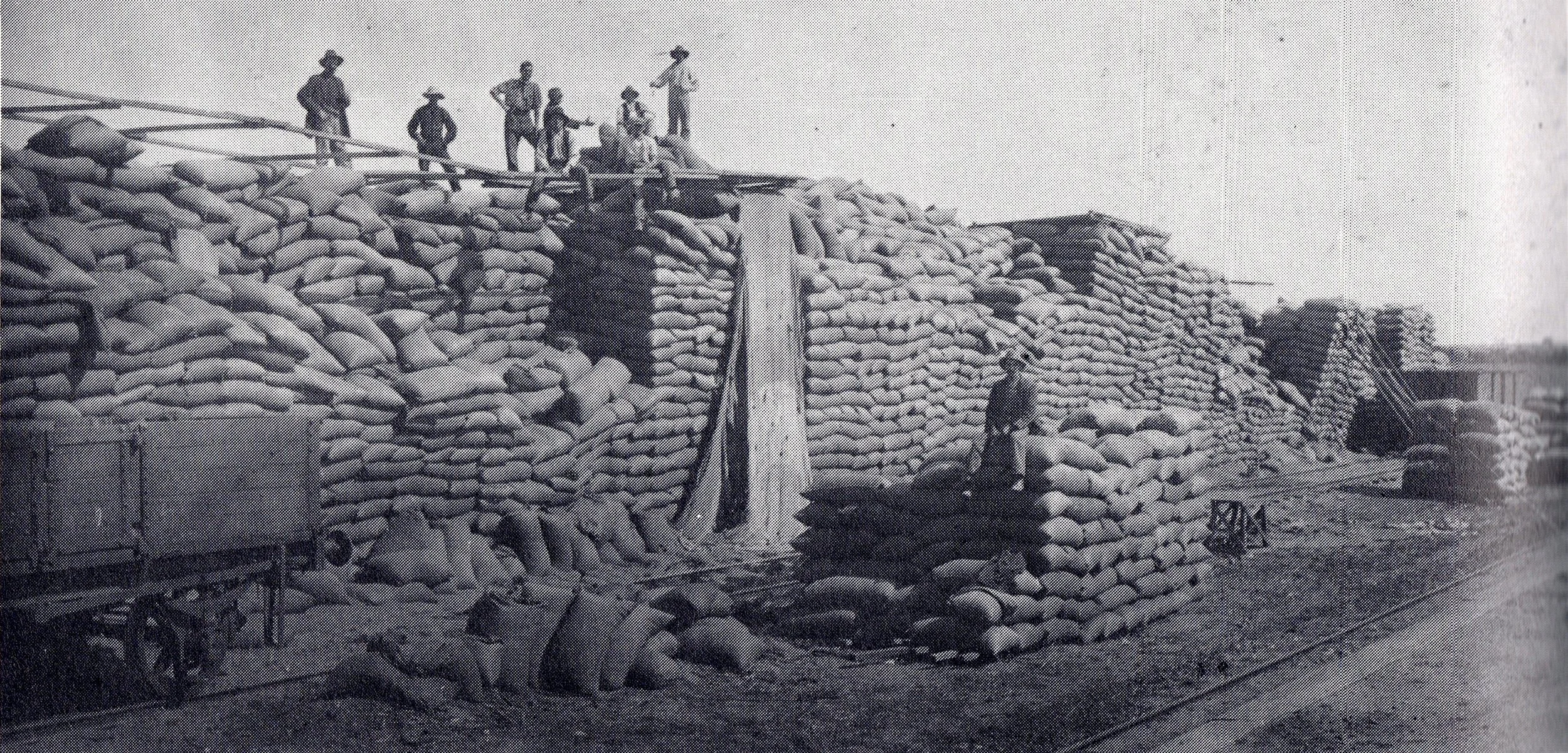Tay Tay and breaking strategic lock-in
I’m definitely late to the party on making a Taylor Swift post, but in the wake of her Melbourne shows I saw a very interesting discussion online. There were a number of people from the US surprised at pictures of the Melbourne Cricket Ground (MCG, “The G”). They wondered, how do you fill a stadium that can hold 100,000 people with barely any parking [1]? The answer is public transport as this video explains [2]. Observing this discussion made me wonder how often we get stuck in a way of doing things believing our strategies are forced by the wider system around us.
If we place the MCG in downtown Detroit then The G’s two train stations (Jolimont and Richmond) would be useless: Detroit doesn’t have a metropolitan train network to connect to. For the MCG’s transport system to work, the city of Detroit would need to spend billions to switch to Melbourne’s public transport strategy. While this seems like an impossible task, many US cities did the opposite conversion towards car centricity back in the 1950/60s, encouraged with both federal funding and a fair bit of lobbying from auto makers [3]. Buildings were demolished and suburbs were cut through (mostly poor and black) to make space for all the roads at great expense which proves that this sort of change is possible in the “right” conditions! In fact, there is a whole urbanist movement who are currently pushing for the reforms to move away from car dependence [4].
For another example, my late grandfather was an early adopter of bulk haulage when it came to western Victoria. These days we move grain almost like a fluid using augers to lift and silos to store the grain, transporting in tipper trucks and hopper rail cars. Before this strategy we would put the grain into thousands of bags which were hand stacked near railways and hand stacked into rail cars and hand unloaded at the other end (see the attached image [5]). It was incredibly labour intensive and very demanding on the men who did this stacking and unstacking (called “lumpers”). Again, we have a case of massive investment by the whole logistic system to move to a better way of working, this time driven by clear benefits for all stakeholders.
If you would like someone to look at how you’re operating and help you build a case for system change, get in touch (Hello@NorthCardinal.com.au) and let’s have a chat.
[1] https://www.crikey.com.au/2024/02/28/taylor-swift-mcg-parking-urban-planning/
[2] https://www.youtube.com/watch?v=1X42qWBNTLo
[3] https://www.vox.com/2015/5/14/8605917/highways-interstate-cities-history
[4] https://www.strongtowns.org/
[5] From Pines to Peppercorns (1988). Cheryl M. Kuhne

